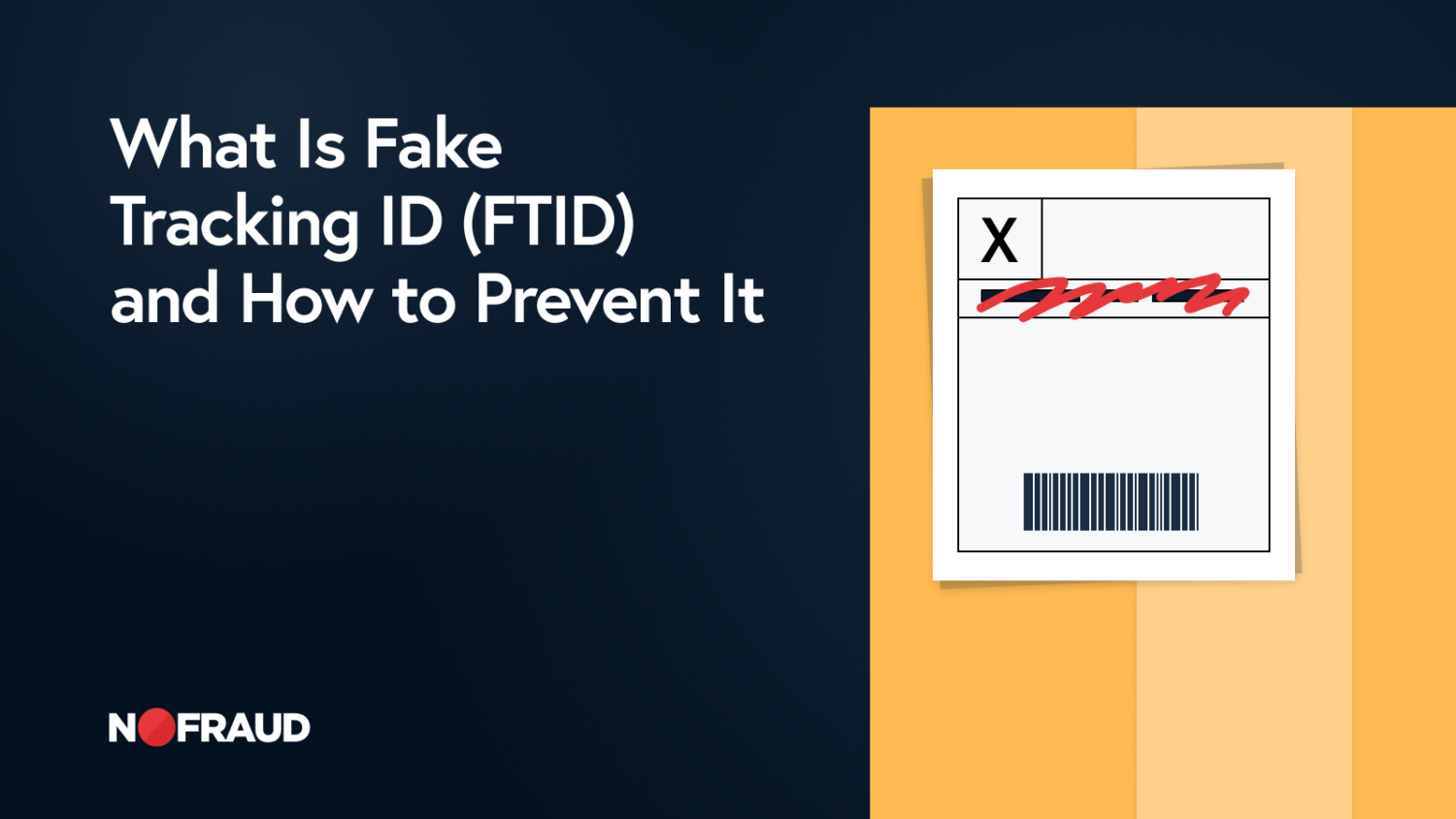Bracketing, a common shopping behavior, isn’t inherently harmful. In fact, it’s a natural result of eager shoppers seeking the perfect product, made easier by today’s convenient return policies. However, this convenience can also lead to careless shopping habits that ultimately hurt your business. It can also be exploited by scammers as a return fraud scheme. In this article, we’ll define bracketing, highlight how fraudsters use this tactic, and share ways you can prevent fraud.
What is Bracketing?
Bracketing is a common shopping practice where a consumer purchases multiple versions of an item, such as different sizes or colors, with the intention of keeping only one and returning the rest. This behavior allows shoppers to compare and choose the best option, but can also lead to increased returns and costs for retailers.
When Bracketing Becomes Fraudulent and How It Happens
Bracketing crosses the line into fraud when shoppers exploit this practice with no intention of keeping any of the items. In these cases, shoppers may use fake identities, stolen credit cards, or other deceitful tactics to acquire multiple versions of an item, returning them for refunds or store credit.
Fraudulent bracketing can also involve reselling items online or to second-hand stores, profiting from the retailer’s losses. This illegal behavior affects retailers and their honest customers, as it can lead to increased prices, reduced inventory, and stricter return policies.
How to Prevent Bracketing
Preventing this type of fraud or policy abuse requires a combination of strict return policies, employee training, and fraud detection tools. Here are some ways to prevent bracketing:
- Implement strict return policies and inspection processes
- Train employees to recognize and flag suspicious behavior
- Use fraud detection tools to identify patterns of suspicious behavior
- Limit the number of returns per customer
- Collaborate with other retailers to share information and prevent fraud


